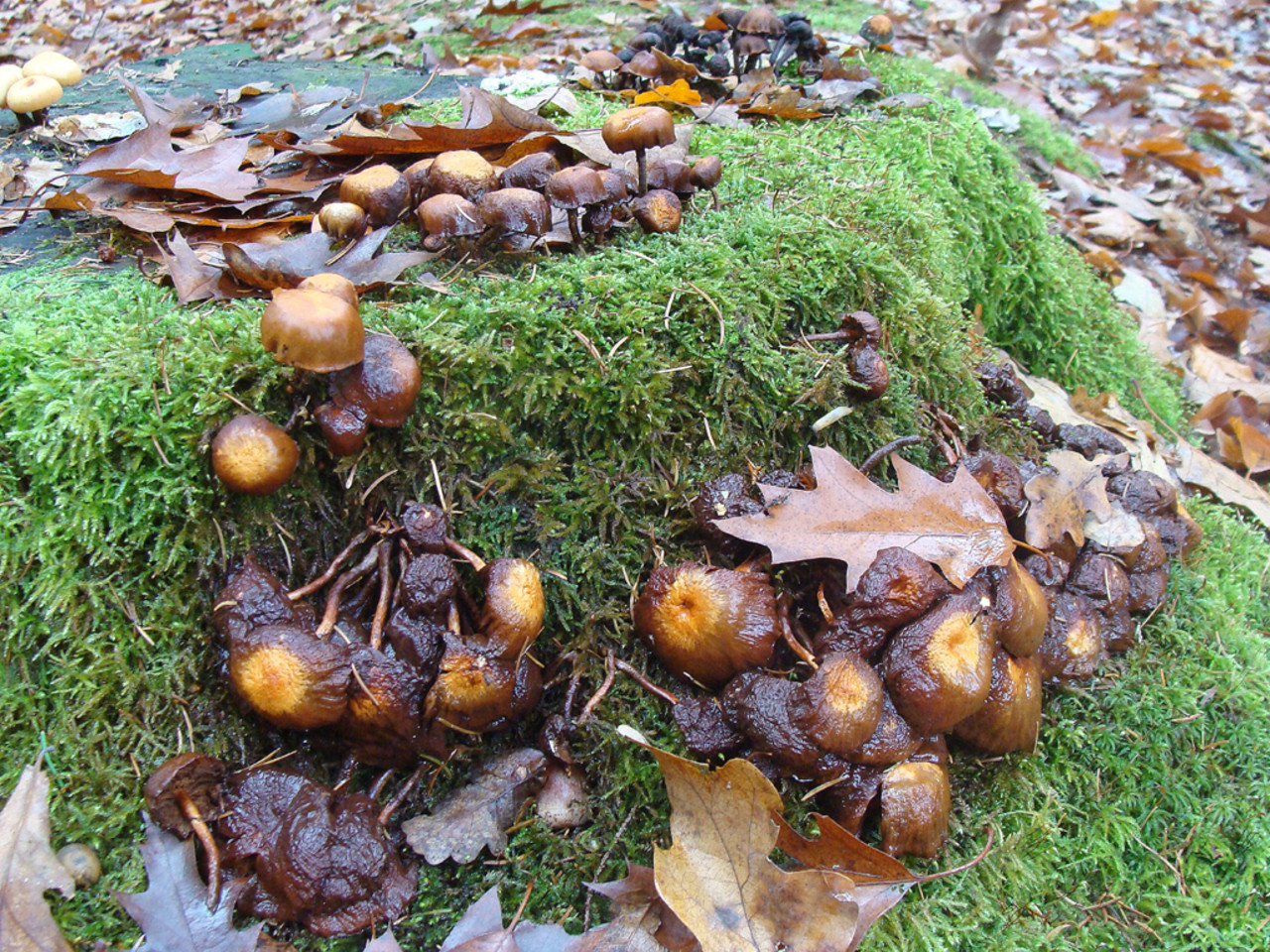Wine Tasting

본문
Wine Tasting
What are the processing steps of wine?
Wine production involves several key processing steps that remodel grapes into the final product. Understanding these steps can improve your appreciation during wine tasting.

1. Harvesting
The first step in winemaking is the harvesting of grapes. This may be done either by hand or with machines, depending on the winery's practices and the quality of wine desired.
2. Crushing
After harvesting, grapes are crushed to launch their juice. This is commonly carried out with a mechanical crusher or by foot stomping in traditional methods. Crushing can also separate the stems from the fruit.
3. Fermentation
The extracted juice then undergoes fermentation, where yeast converts sugars into alcohol and carbon dioxide. This course of can take a number of days to weeks and 하이오피주소 is crucial for growing the wine’s flavor profile.
4. Pressing
For white wines, after fermentation, the combination is pressed to separate the juice from the solids, together with skins and seeds. In pink wine production, pressing may happen before fermentation, permitting the juice to ferment with the skins for color and tannin extraction.
5. Aging
Once fermentation is complete, the wine may be aged in barrels or tanks to develop its flavors and characteristics. Aging can final from a few months to several years, depending on the kind of wine being produced.
6. Clarification
After getting older, the wine is clarified to take away any remaining solids. This can contain processes like filtration and fining, serving to to attain a clear and stable ultimate product.
7. Bottling
Finally, the wine is bottled. Before bottling, it may endure additional remedies, together with mixing with different wines for taste consistency. The bottles are then sealed and labeled, ready for distribution.
These steps in winemaking contribute to the distinct flavors and aromas you encounter throughout wine tasting. Each part is crucial in shaping the wine's last character.
What are the steps of wine tasting?
1. Look: Observe the wine's shade and readability. Tilt the glass slightly against a white background to assess the depth of shade, which may indicate age and grape selection.
2. Swirl: Gently swirl the wine within the glass to aerate it. This helps launch the wine's aromas, making it simpler to analyze its scent.
3. Smell: Bring the glass to your nose and take a deep sniff. Try to identify numerous aromas, similar to fruits, spices, or different traits. This step is crucial for experiencing the wine's profile.
4. Taste: Take a small sip and let it roll around your mouth. Pay consideration to the flavors, acidity, sweetness, and tannins. Consider the wine's texture and how it feels on your palate.
5. Savor: After swallowing, replicate on the end and aftertaste of the wine. Note how long the flavors linger and if there are any totally different tastes that emerge after swallowing.
6. Evaluate: Consider the overall balance, complexity, and quality of the wine. Use your insights from the previous steps to kind a conclusion about its traits.
What is the meaning of wine tasting?
Wine tasting is the systematic strategy of evaluating and experiencing wine through its look, aroma, and taste. It involves a sensory examination that permits people to discern the assorted parts that contribute to a wine's character.
Key Components of Wine Tasting
Appearance: The first step in wine tasting is to observe the wine's color and clarity. This can provide insights into the age, grape selection, and winemaking course of.
Aroma: Smelling the wine is essential for figuring out its bouquet and fragrances. This helps tasters acknowledge numerous fragrant compounds and flavors, similar to fruits, spices, and earthy notes.
Flavor: The actual style of the wine is experienced on the palate. Tasters assess sweetness, acidity, tannins, and body, which all contribute to the general flavor profile.
Objectives of Wine Tasting
The major objectives of wine tasting include:
- Evaluating the quality and characteristics of different wines.
- Enhancing one's information and appreciation of wine.
- Identifying private preferences in flavors and types.
Overall, wine tasting serves each a leisure and educational purpose, permitting enthusiasts to engage deeply with the world of wine.

댓글목록0
댓글 포인트 안내